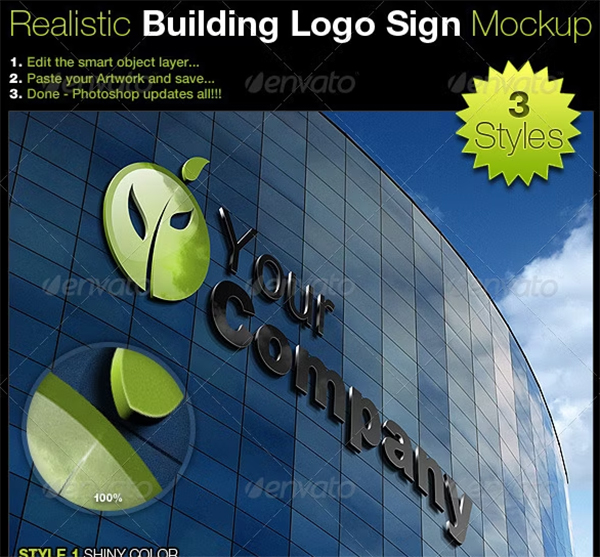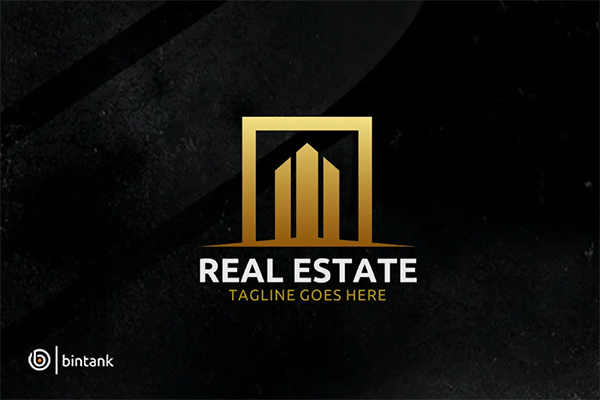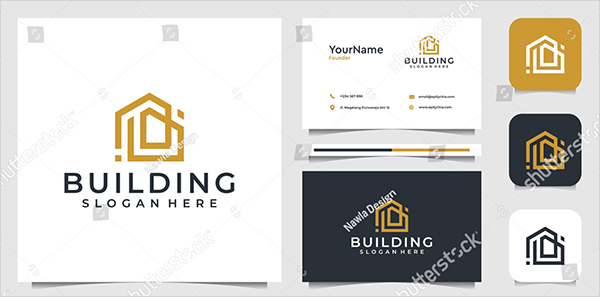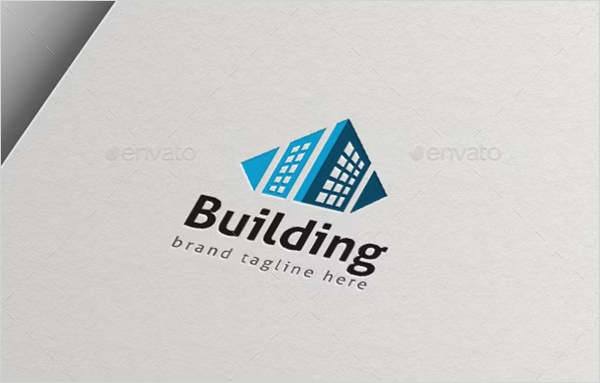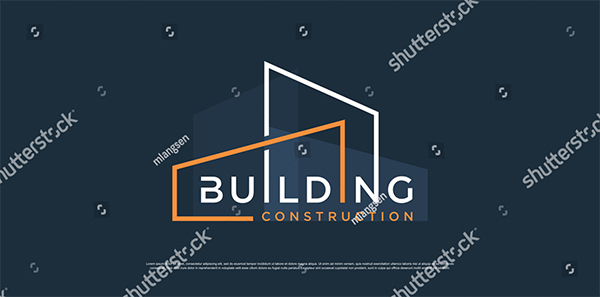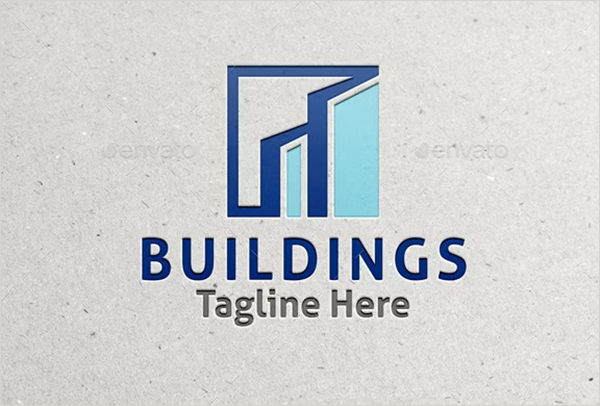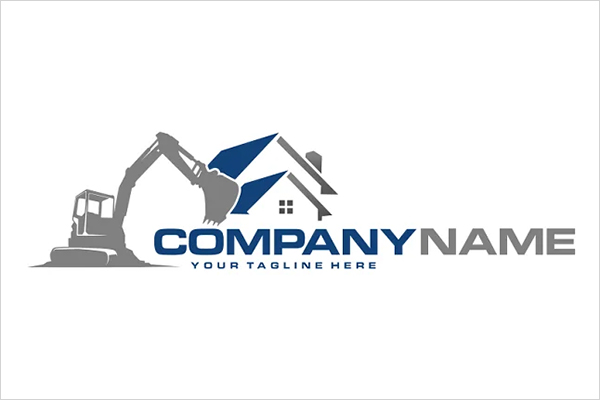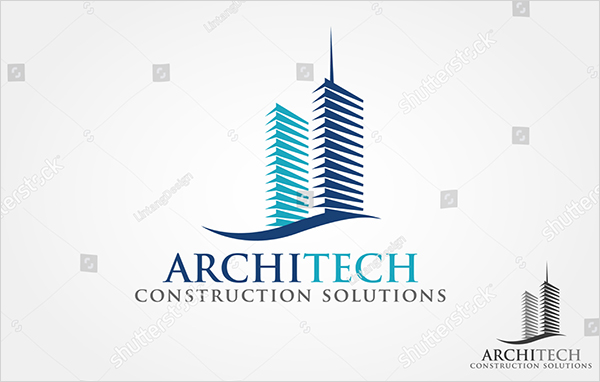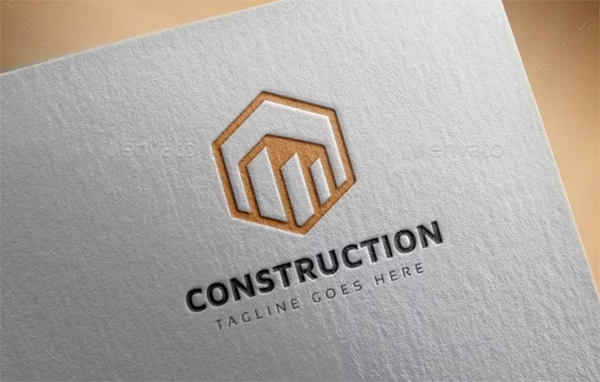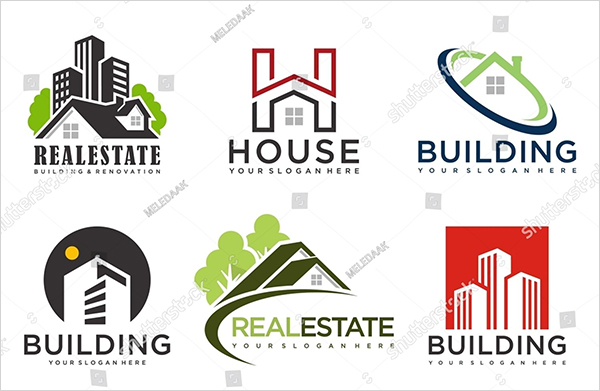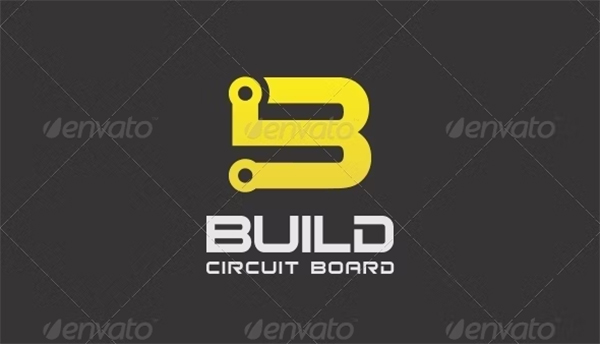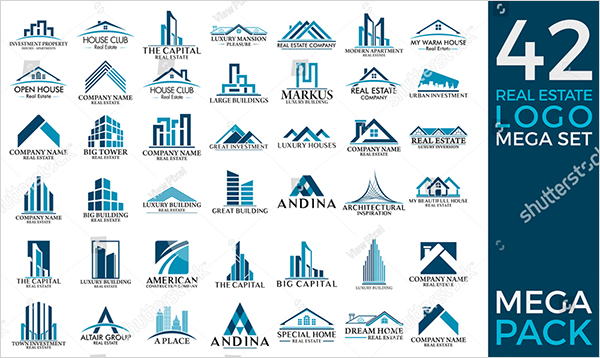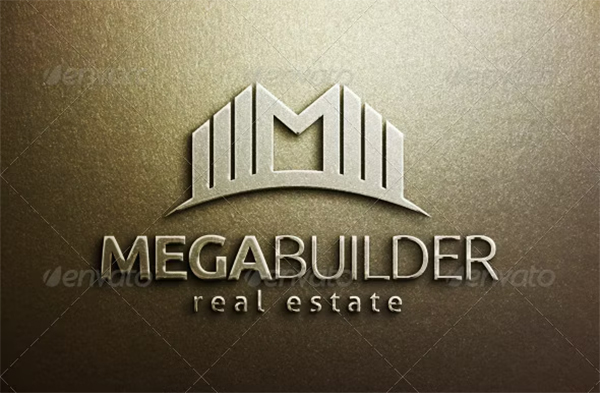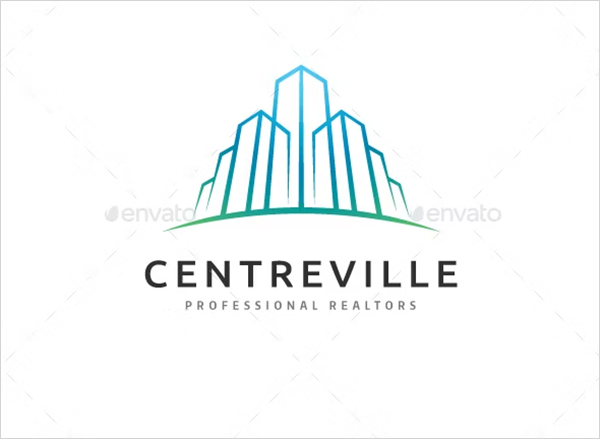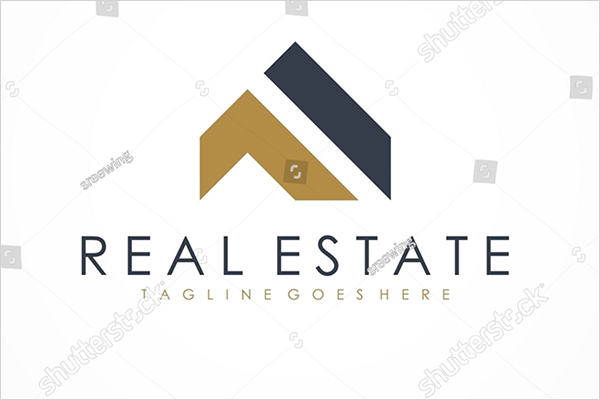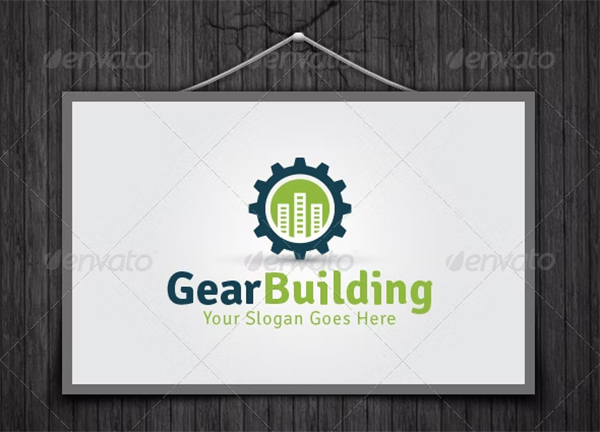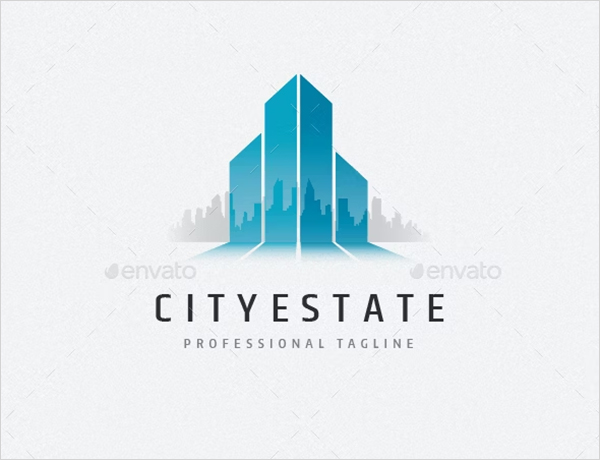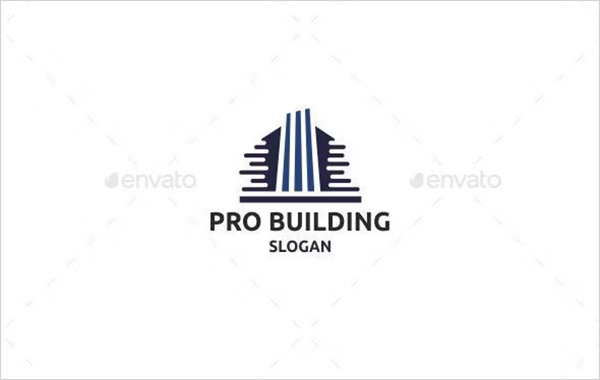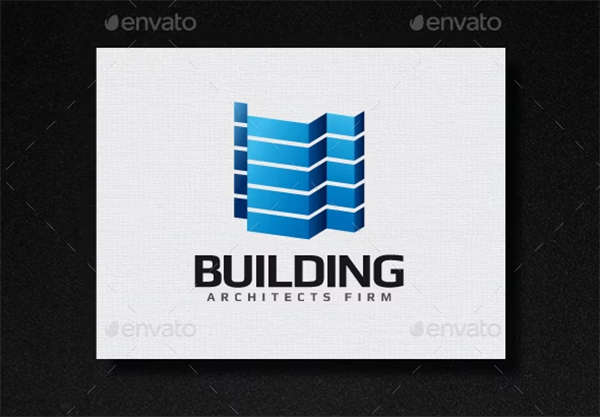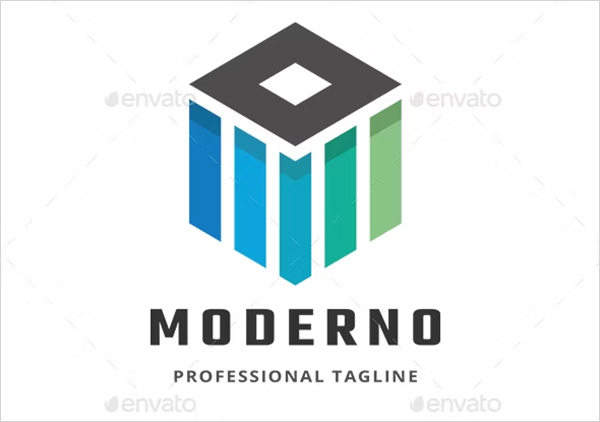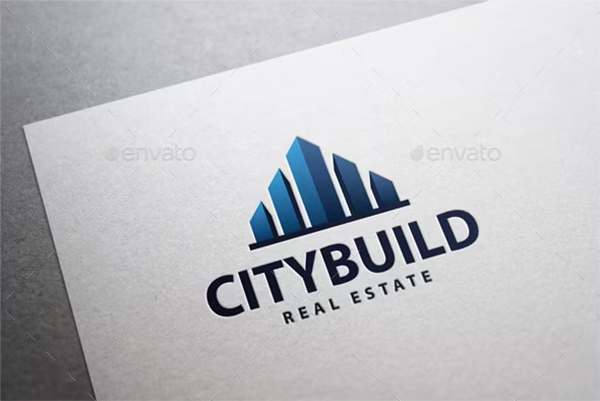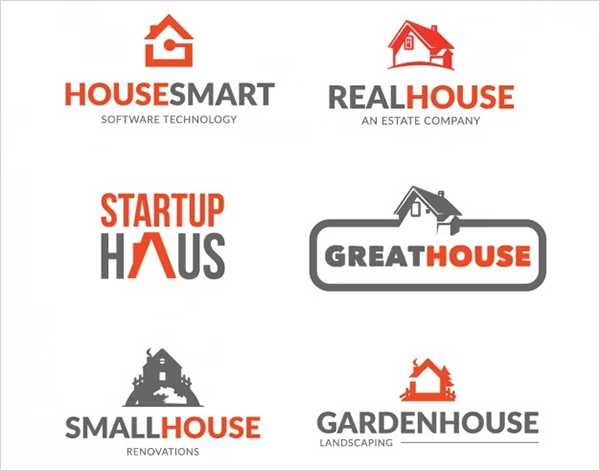Building Logo Templates: The Key to Crafting a Standout Brand Identity
In the world of design and branding, a logo is more than just an image—it’s the face of a company, a beacon of identity, and a powerful tool to communicate values, style, and purpose. Building logo templates offer an essential starting point for businesses, architects, real estate developers, and other industry players, creating logos that embody professionalism, innovation, and trust. With the right building logo template, brands can quickly create a logo that establishes a solid and memorable visual identity.
In this guide, we’ll explore the impact of building logo templates, popular styles and formats, and the best practices for crafting a professional logo that resonates with your target audience.
Why Use Building Logo Templates?
Building logo templates simplify the design process by providing expertly crafted layouts and design elements, ideal for companies looking to create logos that feel bold, clean, and modern. Templates come pre-designed with a range of customizable elements, allowing businesses to select and adjust colors, fonts, icons, and shapes to fit their specific needs.
Using a logo template saves valuable time, especially for new companies or smaller businesses that may not have the budget for a custom-designed logo. With a template, they can still achieve a polished, professional look that visually communicates trust, industry expertise, and commitment to quality. Beautiful Retro Style Logos
Essential Elements of an Effective Building Logo Template
An effective building logo template should integrate visual elements that communicate stability, growth, and professionalism. The design should reflect qualities that are crucial in industries related to construction, real estate, architecture, and development. Here are some essential elements to consider:
1. Symbolism and Iconography: Building logos often feature icons that suggest strength, stability, and structure. Common choices include buildings, skyscrapers, rooftops, and geometric shapes that mimic structural components. These elements visually convey the essence of the industry, helping potential clients immediately associate the brand with expertise in construction or real estate.
2. Typography that Inspires Trust: Typography plays a crucial role in logo design, especially for construction or real estate companies. Fonts that are bold and straightforward inspire trust and professionalism. Sans-serif fonts work well for modern designs, while serif fonts can convey tradition and reliability, both desirable traits in an industry where trust is essential.
3. Strong Color Schemes: The color scheme of a building logo template should reflect the values and style of the brand. Blues and grays are popular choices as they represent reliability, trust, and stability. For a more modern, innovative look, some companies opt for black, silver, or even muted greens. A bold color like red can also work well, signifying energy and ambition. When choosing colors, consider how they will look across various platforms and materials, ensuring consistency and clarity.
4. Clean and Simple Layout: A well-designed building logo should be clear and easy to recognize. Avoid overcrowding the design with too many elements. Instead, focus on a clean and balanced layout that keeps the viewer's focus on the most essential parts of the logo. A minimalistic approach with clear lines and simplified shapes often works best for industry-related logos.
Popular Styles of Building Logo Templates
Building logo templates come in a variety of styles to suit different types of brands and messages. Here are some popular styles you’ll find in the market:
1. Modern and Minimalist Logos: For companies that want a fresh, forward-looking brand image, modern and minimalist logos are an excellent choice. These logos often use simple geometric shapes, clean lines, and neutral color schemes, creating a sleek, uncluttered look. This style is particularly popular among architecture firms and real estate agencies looking to appeal to a modern audience.
2. Classic and Traditional Logos: Classic logos tend to use bold fonts, symmetrical layouts, and iconic symbols like pillars or brick patterns. These elements communicate values such as stability, longevity, and expertise. Traditional logos are ideal for companies that have a longstanding reputation or aim to convey a sense of heritage and reliability, such as construction companies or building material suppliers.
3. Skyscraper and Skyline Logos: Skyscraper logos emphasize height, ambition, and growth, making them popular for companies focused on urban development and high-rise construction. Skyline logos often incorporate a cityscape or building outline, visually connecting the brand with large-scale construction and metropolitan real estate. These templates work well for firms operating in major cities or those specializing in high-rise buildings and office spaces.
4. Geometric Logos: Geometric logos use shapes like squares, triangles, and hexagons to symbolize strength, balance, and structure. These shapes reflect the architectural foundations of buildings, creating a logo that feels organized and structured. Geometric templates work well for engineering and construction companies, as well as architectural firms that value a structured, well-organized brand identity.
How to Choose the Perfect Building Logo Template
1. Define Your Brand’s Core Message: Before selecting a logo template, take time to define the core message you want your brand to convey. Are you looking to emphasize reliability, innovation, or sustainability? Understanding your brand’s values and audience helps you choose a template that visually communicates these aspects effectively.
2. Consider Versatility and Scalability: A strong building logo needs to work across multiple platforms, from business cards to large signage. Choose a logo template that is versatile and scalable, ensuring that the design retains clarity at any size. Templates with simpler layouts often offer more versatility, as they’re easier to adjust for various uses.
3. Prioritize Customizability: A great logo template should allow you to easily adjust colors, fonts, and icons to align with your brand. Look for templates that offer multiple customization options, giving you the flexibility to tailor the design to your specific needs. Customizable templates allow you to create a unique logo that stands out from competitors.
4. Choose a Style that Resonates with Your Audience: It’s crucial to choose a template style that resonates with your target market. If your audience values innovation, a minimalist, modern logo may be more appealing. For companies targeting more traditional clients, a classic logo style that exudes trust and longevity may be a better fit.
Best Design Tools for Building Logo Templates
With many design platforms available, it’s easy to find tools that provide a variety of building logo templates suited for different brand styles. Here are some top platforms to explore:
Canva: Canva offers a wide selection of building logo templates that are easy to customize. With its drag-and-drop functionality, Canva is ideal for users with limited design experience who want professional-looking results. Templates range from minimalist to complex, making it easy to find a logo that fits your brand’s personality.
Adobe Illustrator: For those who want full control over the design process, Adobe Illustrator is a powerful tool. With Illustrator, users can create highly customizable, vector-based logos that retain quality at any scale. While Illustrator requires more experience, it’s the best choice for those who want a truly unique and professional logo.
Placeit by Envato: Placeit is a versatile tool offering an array of building logo templates, ideal for both new and established companies. Placeit’s templates are professional and easy to edit, making it a top choice for businesses that want a streamlined design process.
Looka: Looka is an AI-powered logo maker that allows users to input brand preferences, which the platform then uses to generate multiple logo options. Looka is great for quick, professional logos with minimal effort, making it an attractive choice for startups.
Tips for Creating a Standout Building Logo with Templates
1. Keep It Simple: Simplicity is key in logo design. Opt for a design that is easy to recognize, even at a glance. Avoid overcrowding the logo with unnecessary elements; instead, focus on a clear, concise design that embodies the essence of your brand.
2. Use Color Strategically: Choose colors that align with your brand’s values and the emotions you want to evoke in your audience. If your business prioritizes trust and reliability, opt for blues and grays. If you want to convey energy and ambition, consider a more dynamic color, like red.
3. Pay Attention to Fonts: Fonts have a powerful impact on how your logo is perceived. Sans-serif fonts convey modernity and simplicity, while serif fonts can feel more traditional and trustworthy. Select a font that reflects the tone of your business, ensuring that it’s easily readable across all branding materials.
4. Test Your Logo Across Different Mediums: Once you have a final logo design, test it across various applications, from business cards to digital media and large signage. This helps ensure that the logo maintains its quality and clarity, reinforcing your brand identity at every customer touchpoint. Carpenter Logo Templates
Conclusion
Creating a memorable logo is essential for any business in the construction, architecture, or real estate industries. Building logo templates offer a streamlined way to design a professional logo that communicates your brand’s values, expertise, and unique personality. With customizable options and a range of styles to choose from, these templates make it easy to create a logo that resonates with clients, builds trust, and strengthens your brand identity.
